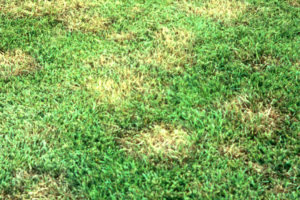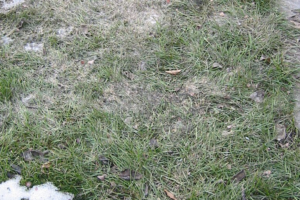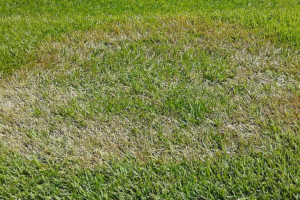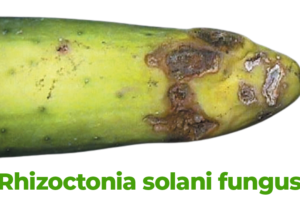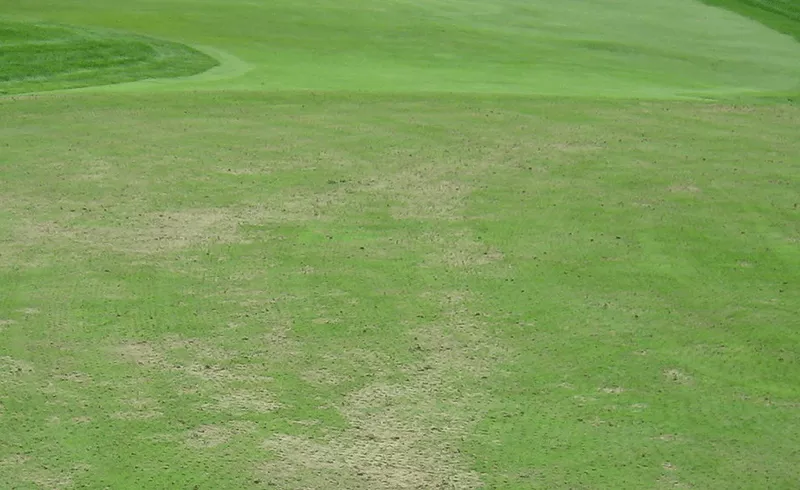
In the midst of hot, humid summer months, a common enemy of landscapers and gardeners alike may emerge with unerring suddenness – Pythium Blight. Particularly detrimental to Rough Bluegrass (Poa trivialis), this fungal disease can transform lush, green lawns into matted, unsightly patches seemingly overnight. Understanding Pythium Blight and discerning how to control it becomes paramount for maintaining a healthy lawn.
Understanding Pythium Blight
Pythium Blight – also known as ‘grease spot’ or ‘cottony blight’ – is a fast-moving fungal disease caused by various pythium species that thrive in warm, consistently wet conditions. Symptoms usually appear first as small, sunken circular spots (about an inch in diameter) which tend to be darkly water-soaked or greasy looking. As the disease progresses, these spots coalesce into larger areas of damage characterized by a cottony white mycelial growth under favorable conditions.
Combatting Pythium Blight: The Need for Early Detection
Early detection is crucial in controlling this pernicious disease. Look out for small, irregularly shaped patches appearing on your turf during periods of consistent high humidity accompanied by high temperatures. Dew-covered grass exhibiting mycelial growth resembling cotton candy is another tell-tale sign.
Preventive Measures to Take Before Outbreaks
1. Improve Drainage: As overly wet conditions invite Pythium infestation, it’s critical to ensure your turf has adequate drainage facilities installed or enhanced if need be.
2. Aerate the Lawn Regularly: Compacted soil contributes significantly to poor drainage. Regular aeration can help alleviate this issue, allowing water to seep down more efficiently.
3. Optimize Irrigation Practices: Irrigate sparingly and when actually needed. Water your grass early in the morning so that the turf can dry throughout the day.
4. Proper Mowing: Avoid mowing when the grass is wet to prevent spreading infected clippings across your lawn.
5. Fungicide Programs: Integrated preventative fungicide programs are highly recommended for areas frequently affected by Pythium Blight.
Taking Action: Post-Outbreak Measures
1. Immediate Use of Fungicides: Upon detection of Pythium blight, it’s paramount to apply a recommended fungicide promptly and according to label instructions for maximum effectiveness.
2. Remove Infected Grass: To contain the spread, remove and safely dispose of infected grass clippings immediately.
3. Limit Traffic: Restrict foot traffic on contaminated areas until after treatment to avoid spreading it further.
Long-term Solutions
Switching Grass Species: If Pythium Blight continues to be an annual issue despite preventive measures and treatments, you might consider replacing your Rough Bluegrass with other hardier cool-season grass types like Tall Fescue or Kentucky Bluegrass that are more resistant to this disease.
Renovation or Replanting: In extreme cases where large regions of turf are affected, renovation, overseeding, or full replanting may become necessary after properly treating the soil and making necessary modifications in its preparation and maintenance routines.
While Pythium Blight can indeed be a formidable foe during hot, humid months for your Rough Bluegrass lawns, it’s not undefeatable! With proper understanding, early detection/prevention practices, immediate actions post-outbreaks – along with potential long-term solutions – you can restore your turf back to its former glory or even build greater resilience against future attacks from this unwelcome intruder!

Bob Green, a passionate lawn care enthusiast with over two decades of landscaping experience, is this website’s proud owner. His vast knowledge of horticulture and dedication to helping homeowners maintain beautiful lawns are reflected in the valuable content he shares on his platform. John has always been interested in Agrostology.









